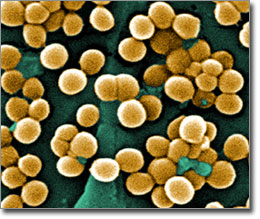Tag
mckenna
-
•
Exploring ethics, standards in science blogging
As a follow up to ScienceOnline 2011, independent journalist Maryn McKenna writes about bringing the standards of journalism to blogging.…

-
•
Catch up with the latest AHCJ member news
KMSP-Minneapolis investigative reporter Jeff Baillon earned two Upper Midwest Regional Emmy awards. “Where’s the Money,” a series looking at the…

-
•
Whooping cough: Not just a problem for kids
Maryn McKenna, AHCJ board member and self-proclaimed “most vaccinated person on the planet,” writes about her own bout with whooping…

-
•
McKenna on A. baumanii, the latest resistant bug
On her Superbug blog, AHCJ board member Maryn McKenna works her explanatory magic on Acinetobacter baumanii, a drug-resistant bug whose…

-
•
Public health loses leading blogger
Revere, the pseudonym behind the leading public health blog EffectMeasure, has announced that (he/she/they) will be hanging up the tri-cornered…

-
•
AHCJ members talk H1N1, grade the media
AHCJ member Dr. Mona Khanna and AHCJ board member Maryn McKenna , along with New Hampshire state epidemiologist Dr. Jose…

-
•
McKenna talks about MRSA in pigs, farmers
In addition to the strains of MRSA that arose in hospitals and the community, there is one that seems to…

-
•
Prevention vs. treatment in global health
AHCJ members Christine Gorman and Maryn McKenna participated in a blog experiment, in which a group of people decide to…




